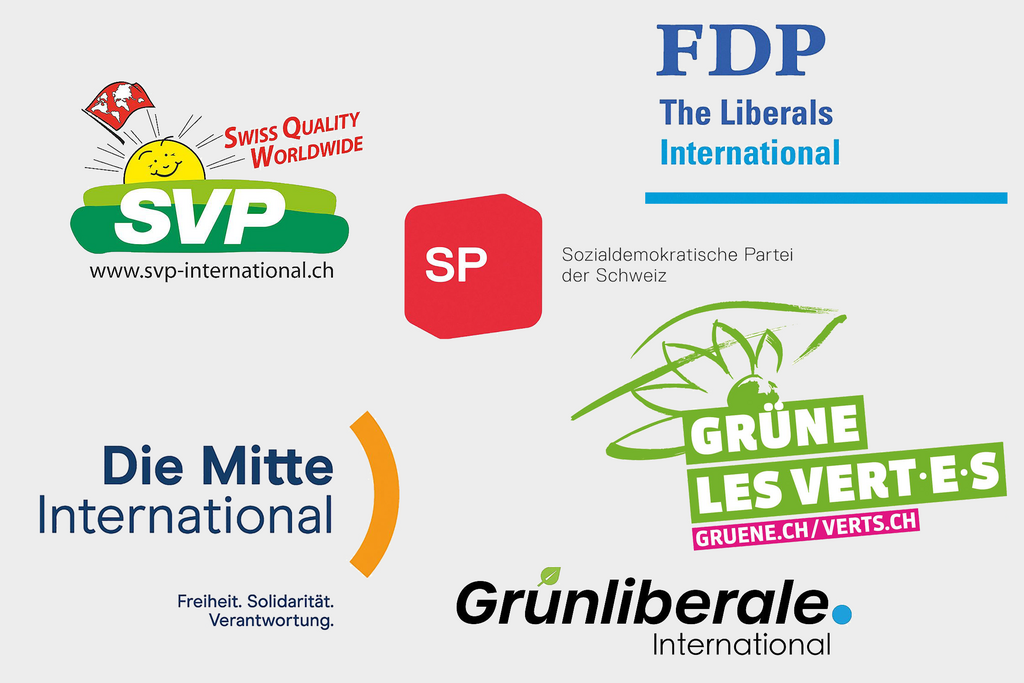It seemed like the soundtrack to the referendum campaign on the “No Billag” initiative. Various developments over the first few weeks and months of the year indicated that the crisis in the Swiss media industry has further intensified. Dramatic events are unfolding at the Swiss News Agency. After the Swiss Broadcasting Corporation, a second public service media institution now finds itself under huge pressure. The acute nature of the situation is reflected by the fact that the editorial staff went on strike for several days at the end of January – an extremely rare occurrence in the Swiss media. When the management announced a rapid downsizing with the loss of 40 of the 150 full-time positions it caused uproar. CEO Markus Schwab added more fuel to the fire by declaring in an interview: “SDA only has a duty to its shareholders. We are not a non-profit organisation.” The company’s homepage nevertheless continues to state: “SDA does not generally seek to make a profit.”
SDA is in fact little known to the wider public, but as the national news agency it is the backbone and central nervous system of Swiss journalism and therefore an indispensable part of public service media. The former FDP Federal Councillor Kaspar Villiger once aptly described the agency as “a conveyor belt of reality”. It supplies almost all of the nation’s media outlets, but also authorities, organisations and companies, with news around the clock in three languages. As the Swiss News Agency also provides almost fully comprehensive coverage of parliamentary debates and political and economic developments in Switzerland, it also performs a significant archiving role.
Significant fall in revenues
The troubled situation has a complex background and is deeply rooted in the history and structure of the company. The Swiss News Agency was founded in 1895 by Swiss publishers. It has always faced a fundamental problem – the owners, who are the publishers, are also the customers. As owners they must take an interest in the success of the agency, but as publishers they also want to pay the lowest prices possible. This worked well to some degree while the newspaper industry was flourishing. However, until recently, the prices were linked to the number of newspapers printed. With the falling circulation of print media, SDA has also come under pressure. A new system was introduced at the beginning of the year. It is no longer based on print circulation but instead the reach in terms of print and online content.
Nevertheless, the management has indicated that a sharp short-term fall in revenues has made a reduction in headcount necessary. In contrast, the editorial staff are accusing the management of lacking a strategy. It is unclear which services the news agency is supposed to provide in future with fewer staff. Another factor is the federal administration, which has paid SDA around 2.7 million Swiss francs a year as a customer in the past. Politicians are questioning whether the agency should continue to receive support from federal government in future.
In parallel with the crisis at SDA, the upheaval in the traditional media industry is continuing. It suffered major setbacks in 2017 with advertising, the most important source of income for publishers, increasingly moving away from journalism and shifting towards the internet giants. The diversity of the press is dwindling and concentration continues to increase. Editorial staff are being merged and are producing various newspaper titles centrally.
Tamedia, the media group with the greatest reach in Switzerland, is driving this trend. In 2017, it announced plans for the most radical form of internal press concentration. The 14 Tamedia newspaper titles would all be retained but, from the start of this year, Swiss politics, foreign affairs, business, culture, society, background, science and sport would each be merged into a single central editorial department.
Pietro Supino, Chairman of the Board of Directors at Tamedia and a publisher, is aware that the merger of editorial teams is a “contentious issue” because it affects the “identity of individual titles”. In the anniversary supplement “125 years of Tamedia”, published at the beginning of March 2018, he remarked: “This is why it is vital that we enable better journalism in the new structure – by bundling resources – and thus create a new identity.” If this fails, people will “rightly say that we have destroyed valuable assets. However, if we succeed, and the initial indications bode well, then we will have laid a solid foundation for the future of journalism in Switzerland.”
“Operational viability under threat”
Editorial staff representatives take a much more critical view of this step. They believe it is resulting in ridiculous situations. Some of these central units are overstaffed because journalists from the various newspapers have been merged into them. Contrastingly, local departments, which continue to exist on some titles, tend to be understaffed because people leaving are not being replaced. An insider has revealed that the operational viability of the editorial staff is under threat. The group is focusing on natural attrition. However, unless enough people depart voluntarily, there are fears of a wave of redundancies in the near future.
The Tamedia group has now also started the takeover of the media marketing company Goldbach. The goal is to create a marketing company that is amongst those with the greatest reach in Switzerland. Goldbach organises most of the advertising shown on German private TV stations operating in Switzerland.
The Somedia publishing company in the canton of Grisons has been pursuing a similar approach to Tamedia since April 2018. The previously independent daily newspapers “Südostschweiz” and “Bündner Tagblatt” will also be produced by a merged central editorial department. The reasons are the same – to create synergies and cut costs. This means job losses are likely.





![[Translate to en:]](/fileadmin/_processed_/d/2/csm_Revue_202204_Huehnerfarm_SH-Reportage_3074_7901ca94df.jpg)




Comments